This project is not only for emergency workers- Every day thousands of people work in industries which expose them to the hazards of "confined space". The difference between life and death in these areas can be as simple as as a few PPM deviation from standard atmosphere. This project is dedicated and given freely to all of them...
Using the Arduino I was able to easily measure the gas levels. Using the Talkie library I was able to then translate these values into true synthesized human voice (with NO special boards/modules) The transmitter accepts the voice output and directly transmits it out on 433mhz to ANY receiver. It is sending this as an AM transmission- but surprisingly any FM receiver such as scanners/handy talkie radio, EMS radios etc have no trouble receiving the clear voice values.
Then entire package fits nicely into the "ball" form-factor. This enables anyone to throw it a significant distance into a potentially harmful area. No additional equipment required and the best part:
The user never enters the potentially hazardous area whatsoever.
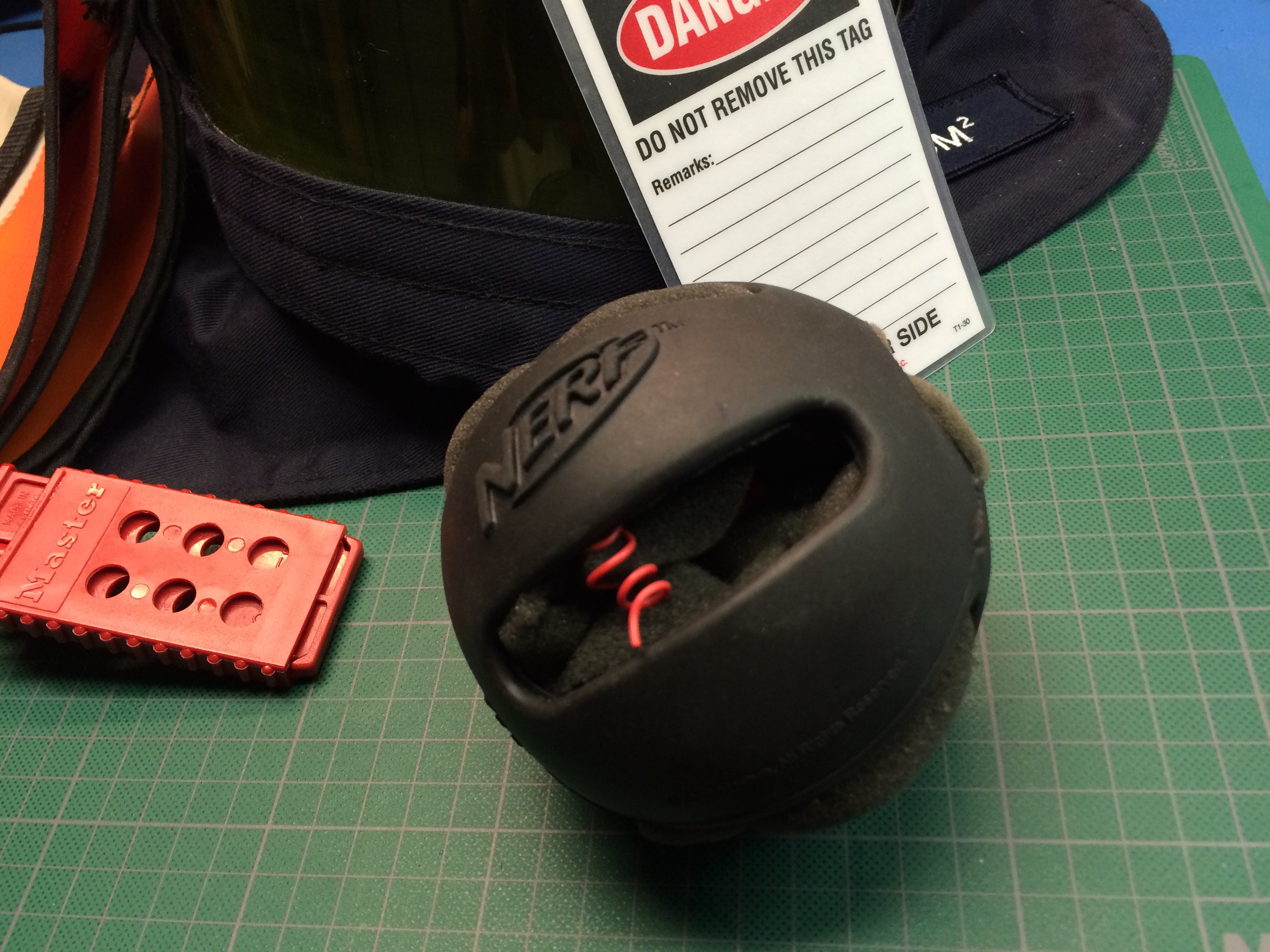
2015 Hackaday Prize Semifinals Video:
Here is a more technical demo:
Updated videos and code walk-through can be found in the links. Further info can also be found in the GitHub repo which includes all the code, design files, PCB layout and design document.
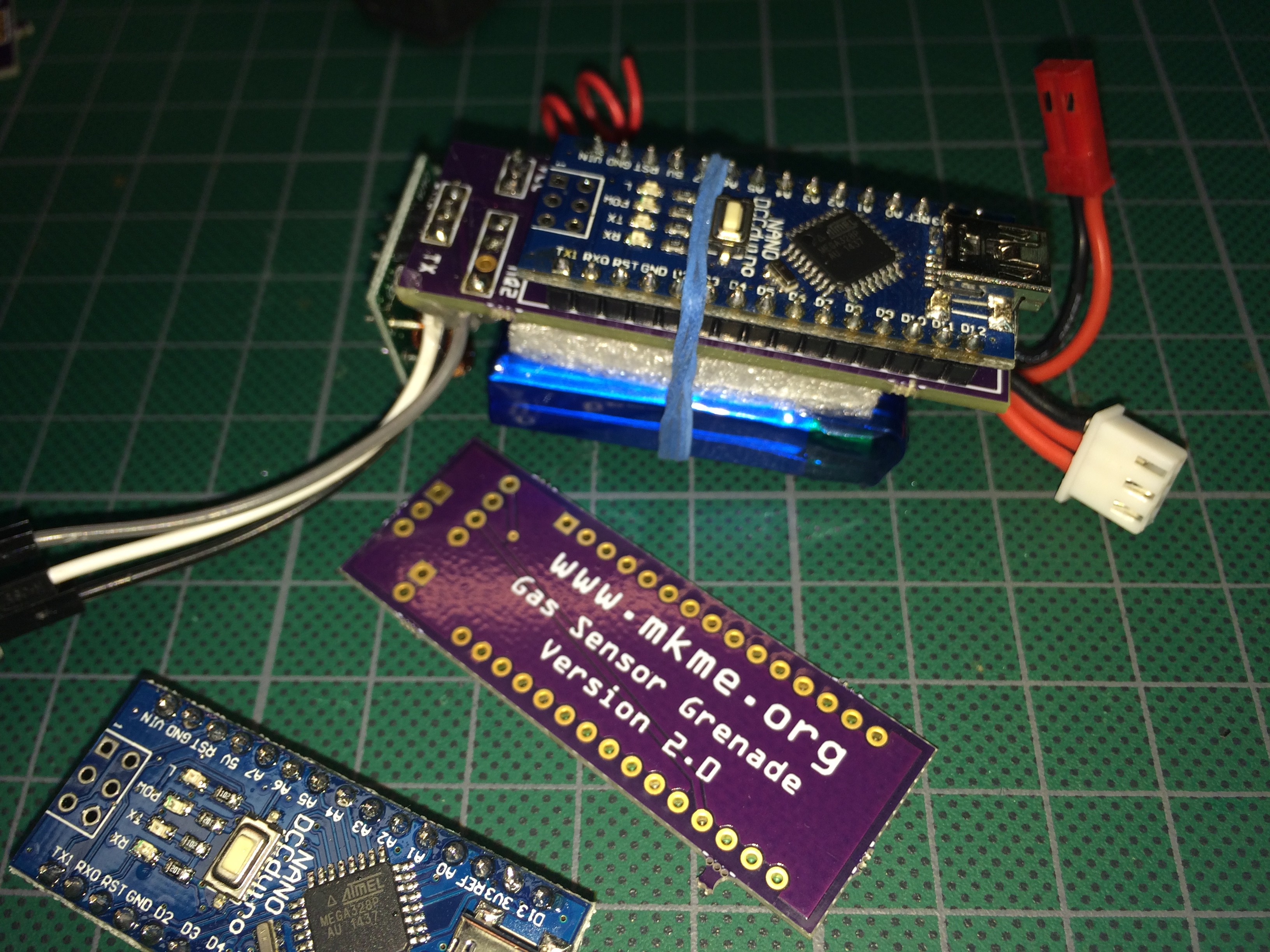
Here is a demo I did on the Adafruit Show and Tell show. Fast forward to 09:46 as the direct link doesn't seem to work here:
Video covering the basics and full Arduino code walk-through/explanation so anyone can mod the project to suit their needs:
I decided for others to be able to recreate this project easily for themselves- a full video tutorial series would be of great benefit. I know I learn much better from good video versus a static page of instructions so here is the full electronics and PCB step by step assembly tutorial:
Here is the final assembly into the ball and some quick testing/upcoming changes needed:
Upcoming mods on the project will include a higher quality sensor which will likely end up being multiple sensors to more align with industry standard gas analyzers.
Hopefully this project will allow anyone, anywhere to reproduce this tool cheaply and easily anywhere in the world!
 Eric Wiiliam
Eric Wiiliam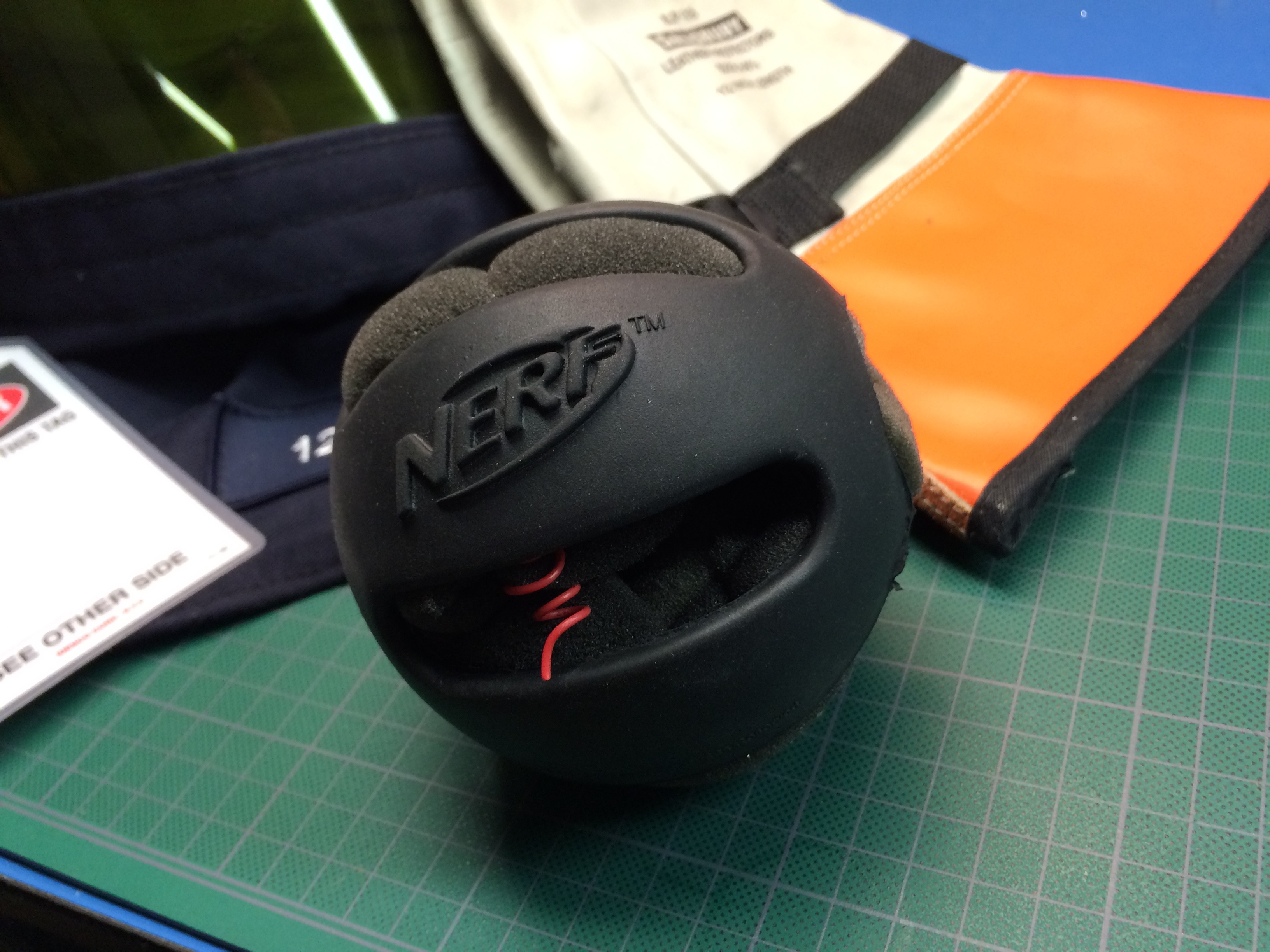
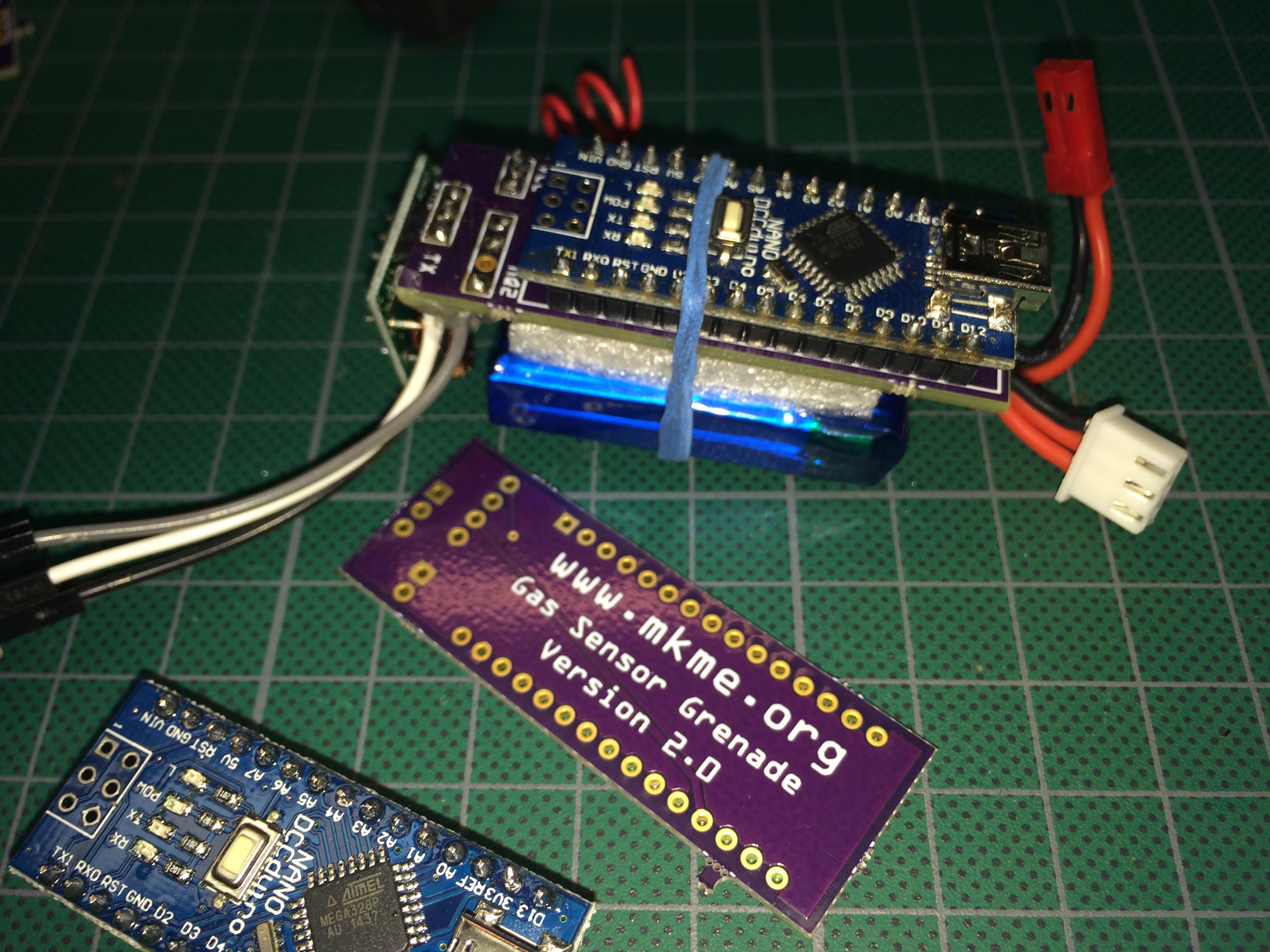
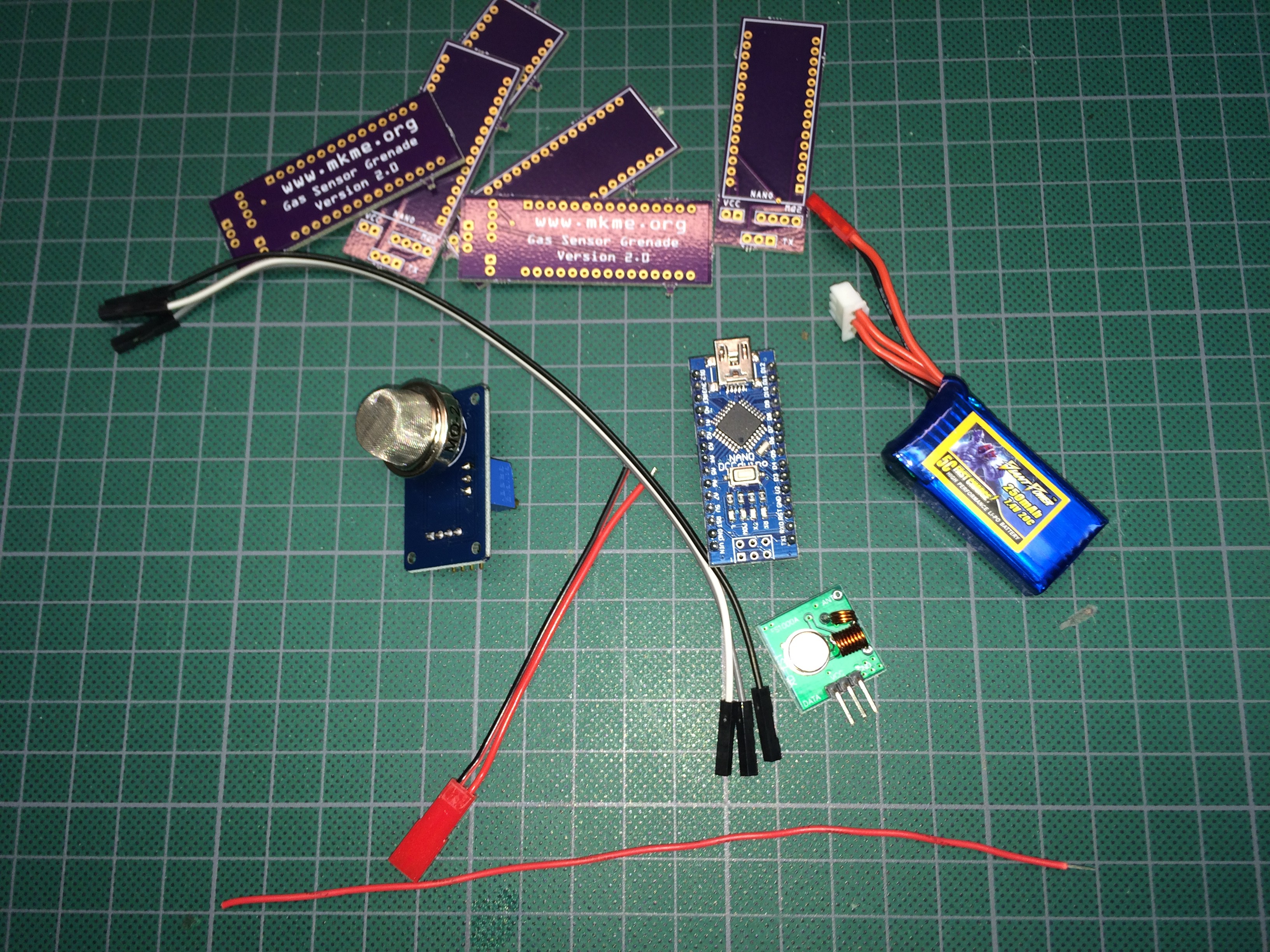
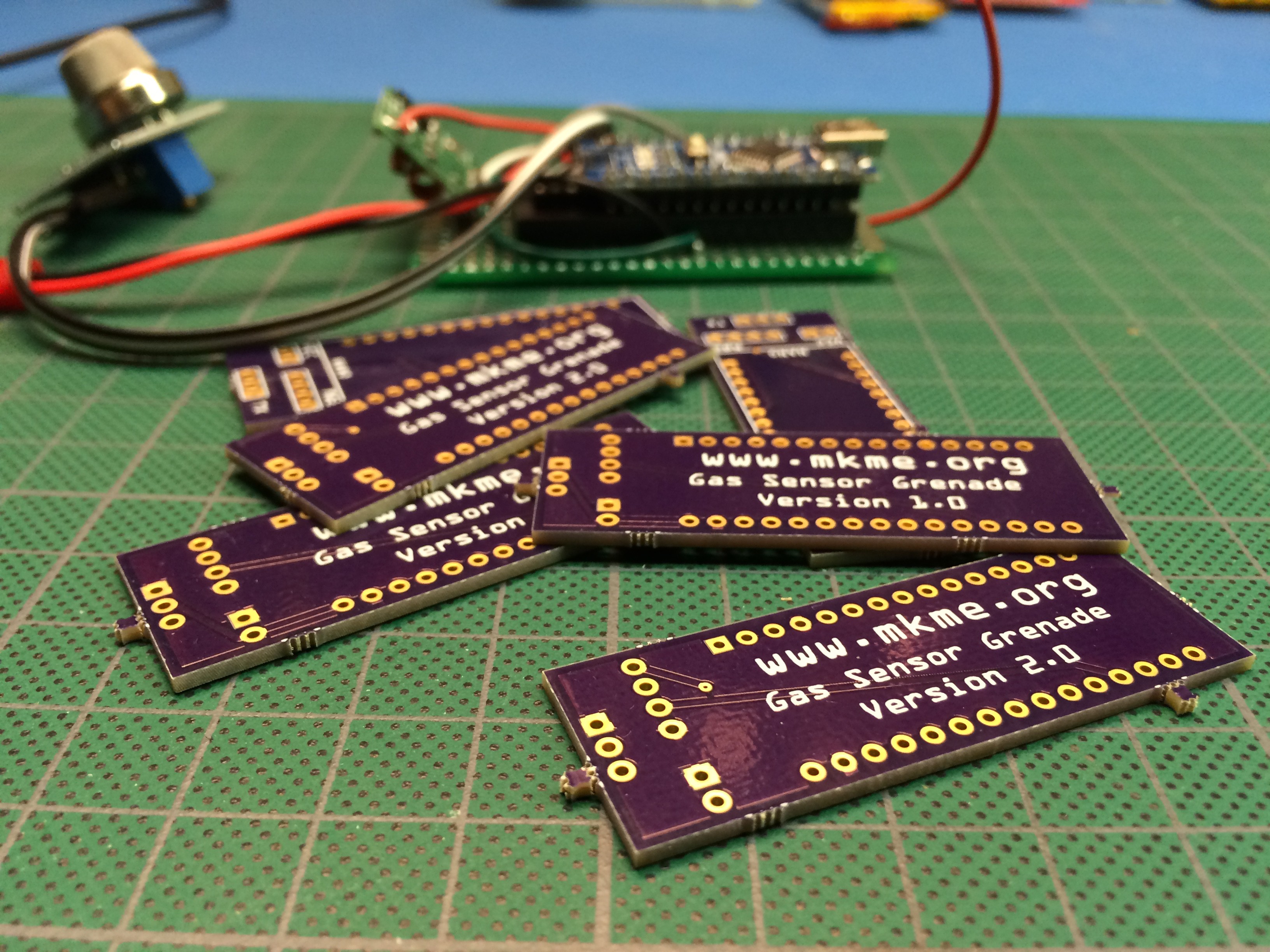
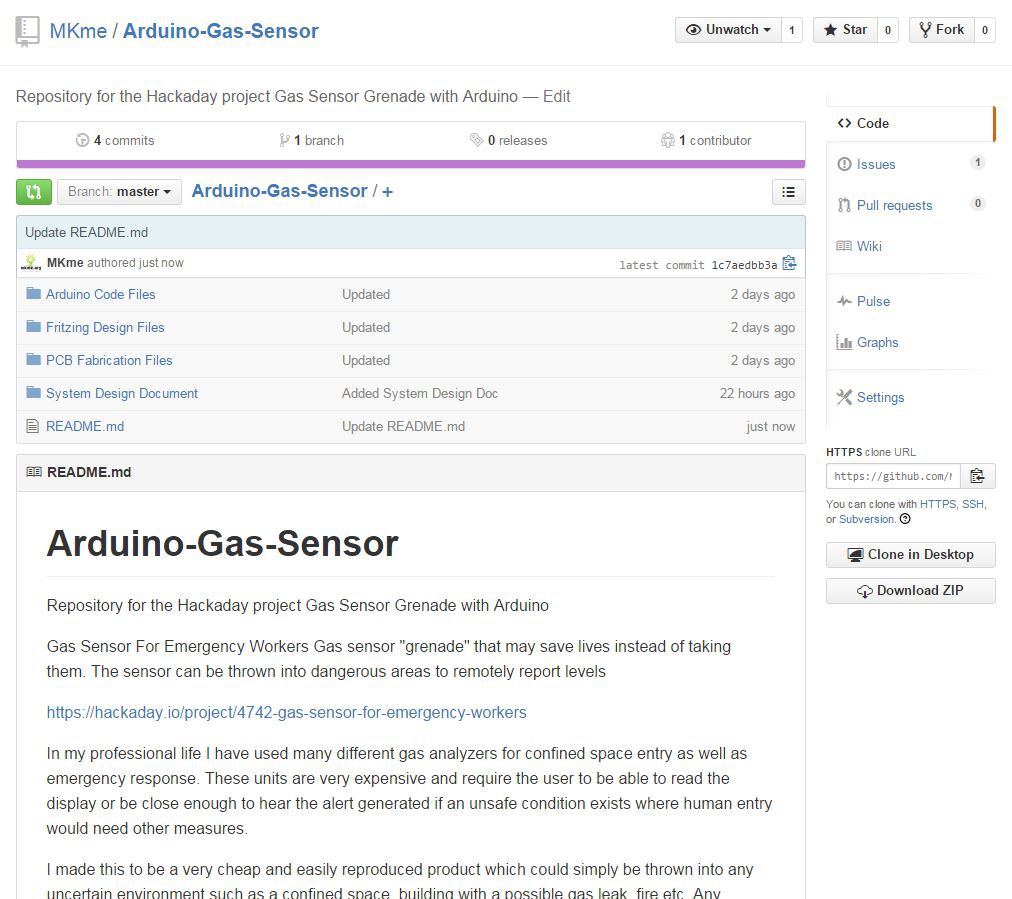
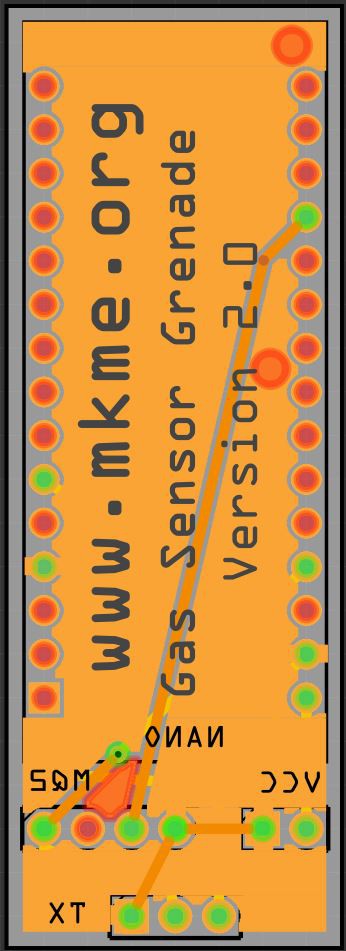
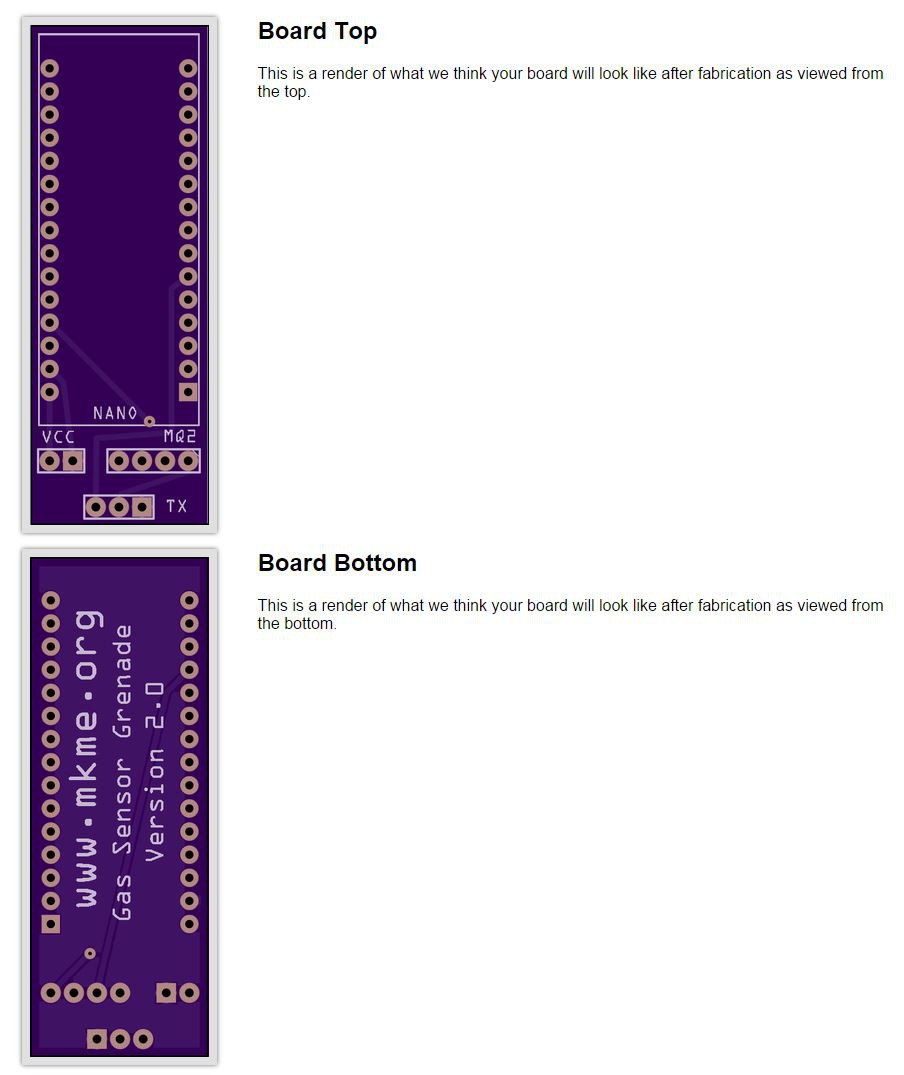
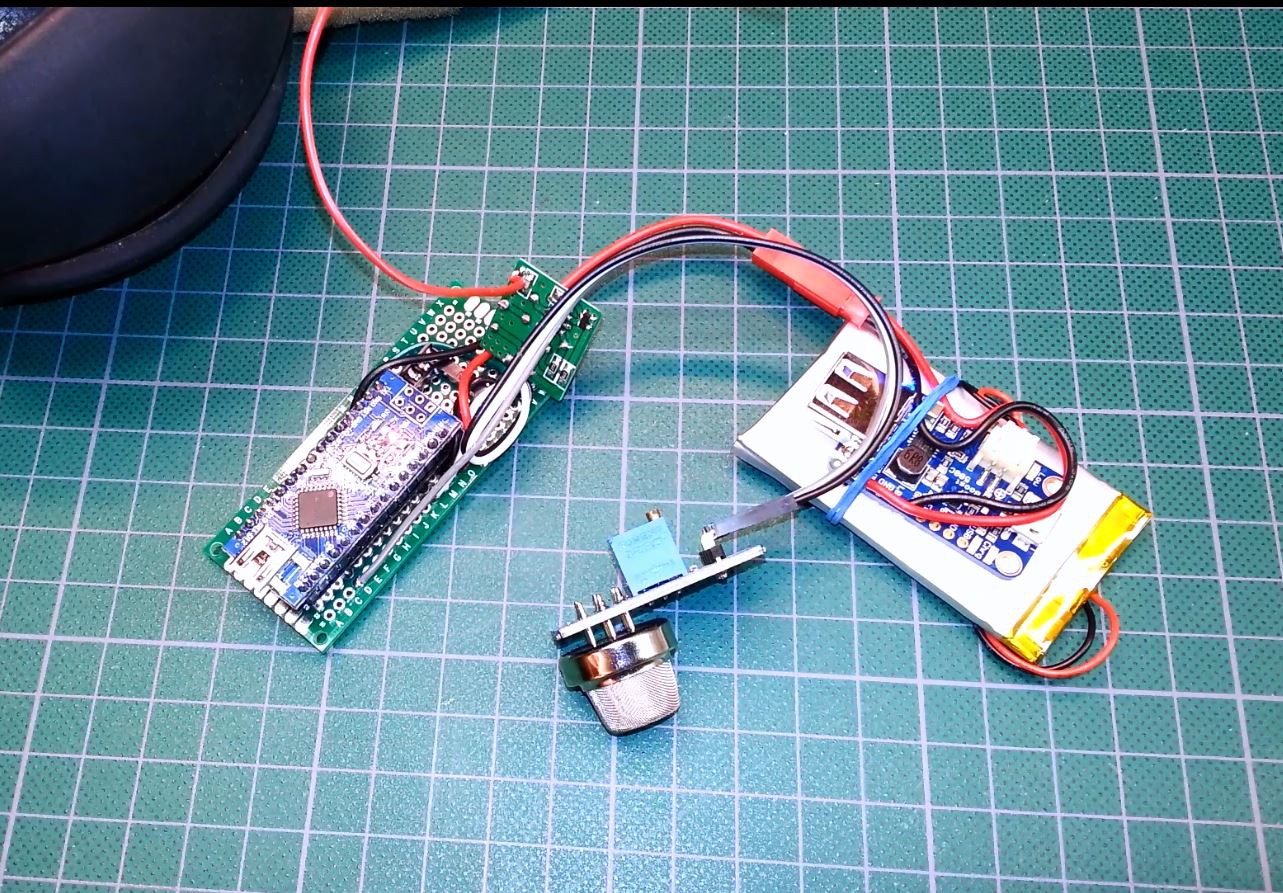

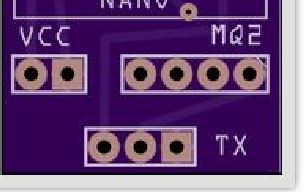
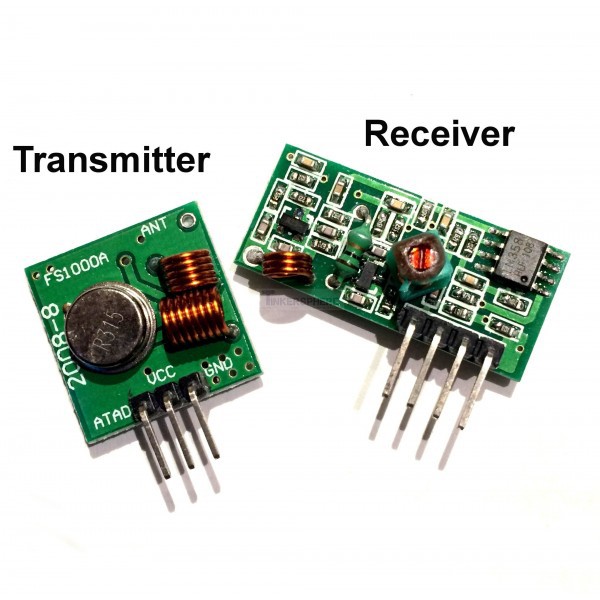
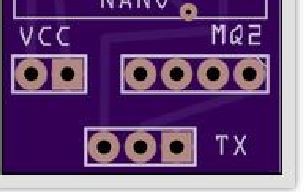




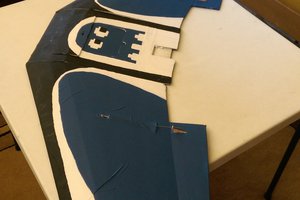
 John Boyd
John Boyd
 Alex Hunt
Alex Hunt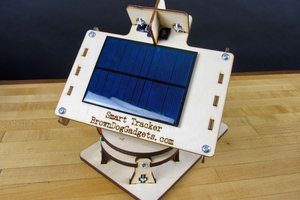
 BrownDogGadgets
BrownDogGadgets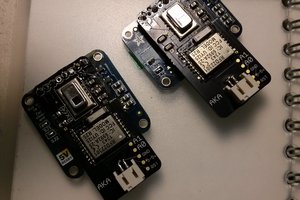
 AKA
AKA
I just have found this Project and didnt read much about it. Since im working in that same field i have some Questions. Whats with Methane ? Often you have Methane inside closed spaces especially in Pipes for contanimated water. Whats up if the gas area you are Measuring is explosive ?